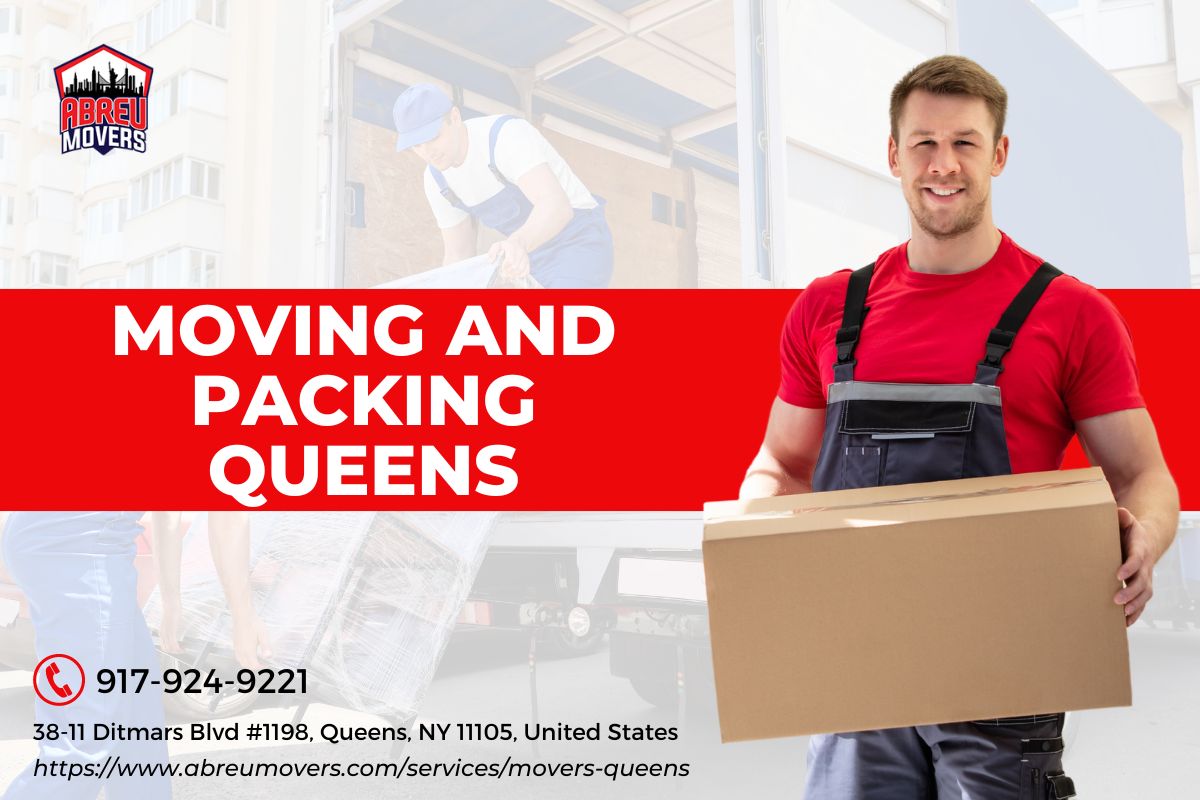
Introduction
Moving can be a stressful and overwhelming process, especially when it comes to packing and transporting your sports equipment. Whether you're an avid athlete or just enjoy recreational activities, your sports gear is valuable and needs to be properly packed to ensure its safety during the move. In this article, we will provide you with expert tips and guidelines on how to pack your sports equipment for a move, ensuring that everything arrives at your new home in perfect condition.
Table of Contents
Why Proper Packing is Important for Sports Equipment Creating an Inventory of Your Sports Equipment Gathering the Necessary Packing Supplies How to Pack Specific Sports Equipment Packing Tips for Bicycles Packing Tips for Golf Clubs Packing Tips for Tennis Rackets Protecting Fragile Items with Bubble Wrap Organizing and Labeling Packed Sports Equipment Hiring Professional Packers and Movers Frequently Asked Questions (FAQs) What is the best way to pack a basketball? Can I pack my skis in a regular moving box? Should I disassemble my treadmill before packing it? ConclusionWhy Proper Packing is Important for Sports Equipment
Proper packing of sports equipment is crucial to ensure that your valuable items are protected during the move. Sports gear can be expensive and delicate, so it's essential to take extra care when packing them. By using the right materials and techniques, you can minimize the risk of damage and ensure that your equipment arrives at your new home in the same condition as it was before the move.
Creating an Inventory of Your Sports Equipment
Before you start packing, it's important to create a detailed inventory of all your sports equipment. This will help you keep track of what you have and ensure that nothing gets left behind or misplaced during the move. Take note of each item, its condition, and any special instructions for packing or handling.
Gathering the Necessary Packing Supplies
To pack your sports equipment properly, you'll need to gather the necessary packing supplies. Some essential items include:
- Sturdy moving boxes in various sizes Bubble wrap or packing paper Packing tape Plastic bags for smaller items Permanent markers for labeling
Having these supplies on hand will make the packing process much smoother and help protect your sports gear from any potential damage.
How to Pack Specific Sports Equipment
Packing Tips for Bicycles
Packing a bicycle requires careful attention to detail to prevent any damage during transit. Follow these steps to pack your bicycle securely:
Clean your bicycle thoroughly before packing it. Remove any detachable parts such as pedals, handlebars, and wheels. Wrap each part separately with bubble wrap or packing paper. Place the bicycle in a sturdy bike box and secure it with packing tape. Fill any empty spaces in the box with packing material to prevent shifting.Packing Tips for Golf Clubs
Golf clubs are valuable and fragile, so it's important to pack them properly. Here's how:
Clean your golf clubs and remove any dirt or debris. Wrap each club individually with bubble wrap or a towel. Place the clubs in a golf bag or a long, sturdy box. Fill any gaps with packing material to prevent movement.Packing Tips for Tennis Rackets
Tennis rackets are delicate and can easily get damaged if not packed correctly. Follow these steps to pack your tennis rackets safely:
Remove the strings from the racket to relieve tension. Wrap each racket with bubble wrap or a towel. Place the rackets in a long, narrow box, preferably one designed specifically for tennis rackets. Fill any empty spaces with packing material to prevent shifting.Protecting Fragile Items with Bubble Wrap
Bubble wrap is an excellent tool for protecting fragile sports equipment during a move. It provides cushioning and shock absorption, minimizing the risk of damage caused by bumps or jostling during transportation. Wrap delicate items such as helmets, goggles, or other accessories in bubble wrap before placing them in boxes.
Organizing and Labeling Packed Sports Equipment
As you pack your sports equipment, it's essential to keep everything organized and labeled properly. This will make unpacking at your new home much easier and save you time and effort in locating specific items later on. Use clear labeling on each box indicating its contents and which room it belongs to.
Hiring Professional Packers and Movers
If you're feeling overwhelmed by the task of packing your sports equipment, consider hiring professional packers and movers. They have the expertise and experience to handle delicate items and ensure they are properly packed and protected during the move. Professional packers can save you time and alleviate stress, allowing you to focus on other aspects of the moving process.
Frequently Asked Questions (FAQs)
What is the best way to pack a basketball?
To pack a basketball, follow these steps:
Deflate the basketball partially. Wrap it in bubble wrap or a towel. Place it in a sturdy box with packing material to prevent movement.Can I pack my skis in a regular moving box?
It's not recommended to pack skis in a regular moving box as they may be too long for standard boxes. Consider using specialized ski bags or boxes designed specifically for transporting skis.
Should I disassemble my treadmill before packing it?
Yes, it's advisable to disassemble your treadmill before packing it. Refer to the manufacturer's instructions for guidance on how to properly disassemble and pack your specific model.
Conclusion
Packing sports equipment for a move requires careful planning and attention to detail. By following the tips outlined in this article, you http://jeffreydnwn855.theburnward.com/moving-large-appliances-what-you-need-to-know-in-queens can ensure that your valuable sports gear arrives safely at your new home. Whether you choose to pack them yourself or hire professional packers and movers, proper packing techniques will help protect your equipment from damage during transit. Remember to create an inventory, gather the necessary supplies, use bubble wrap for fragile items, organize and label everything correctly, and consider professional assistance if needed. With these guidelines, you'll be well-equipped to tackle the challenge of packing your sports equipment for a move successfully.